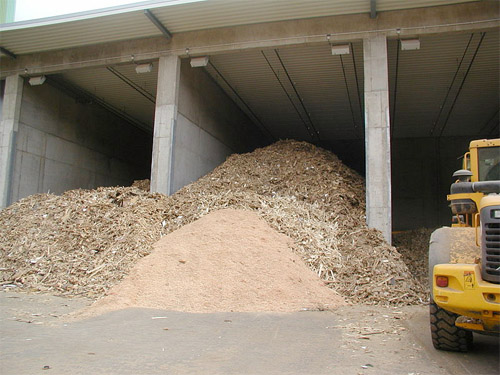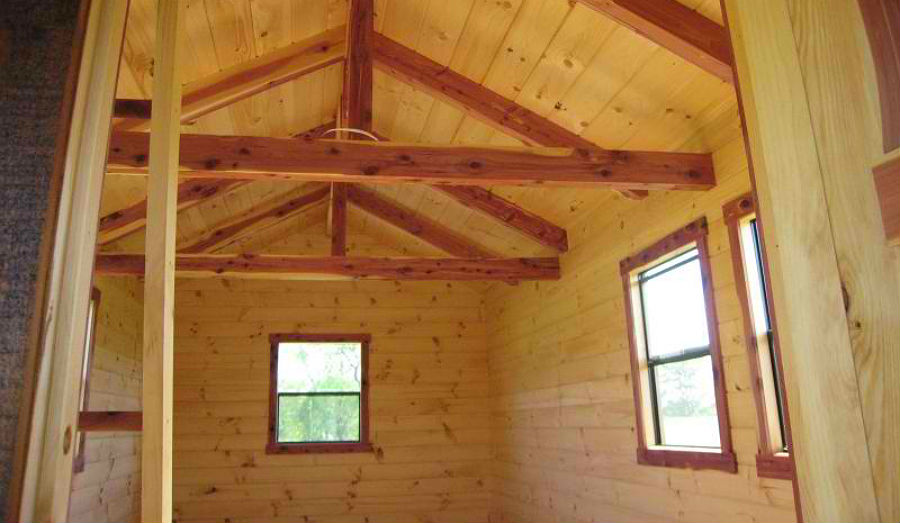Eco-friendly wood is now a stylish option for both prescription eyeglasses and sunglasses, available in a variety of species and finishes from brands like GROWN, Proof, Drift and Siempre Verde. Unlike plastic frames, wood won’t keep your skin in constant contact with potentially harmful substances like bisphenol-A (BPA). Natural and renewable, wood frames can be designed to show off the material or resemble more conventional eyewear. This trend represents just one more example of wood showing up in places you wouldn’t expect, like luxury cars and as a main material for skyscrapers.
GROWN
GROWN (pictured above) is a sustainable wooden eyewear brand that funds sight-restoring surgery for one individual, or twelve eye exams for children, for every pair of shades purchased. All GROWN sunglasses are handcrafted from durable bamboo and hardwoods, free of harmful substances.
Proof offers both sunglasses and prescription glasses in a wide range of colors and styles, with frames made from wood, stainless steel, and other eco-friendly materials like plant-based acetate. All eyewear in the Eco Collection is 100% renewable, biodegradable and hypoallergenic, and come in a custom wood case with a microfiber pouch.
Hardwood Frames by Drift Eyewear

Drift eyewear’s Timber Collection is crafted from salvaged hardwood from places like a renovated building in New York City’s Meatpacking District. The frames are carefully designed to have optimal weight distribution on all points that touch the face for the highest comfort level possible.
Prescription Glasses in Wood Frames by Siempre Verde

Siempre Verde sells upscale, handcrafted prescription wood eyewear – including the lenses – with home delivery. That means you don’t have to buy the frames and take them to a local optometrist; you just send in your custom prescription and your eco-friendly wooden eyeglasses will be made just for you.
















